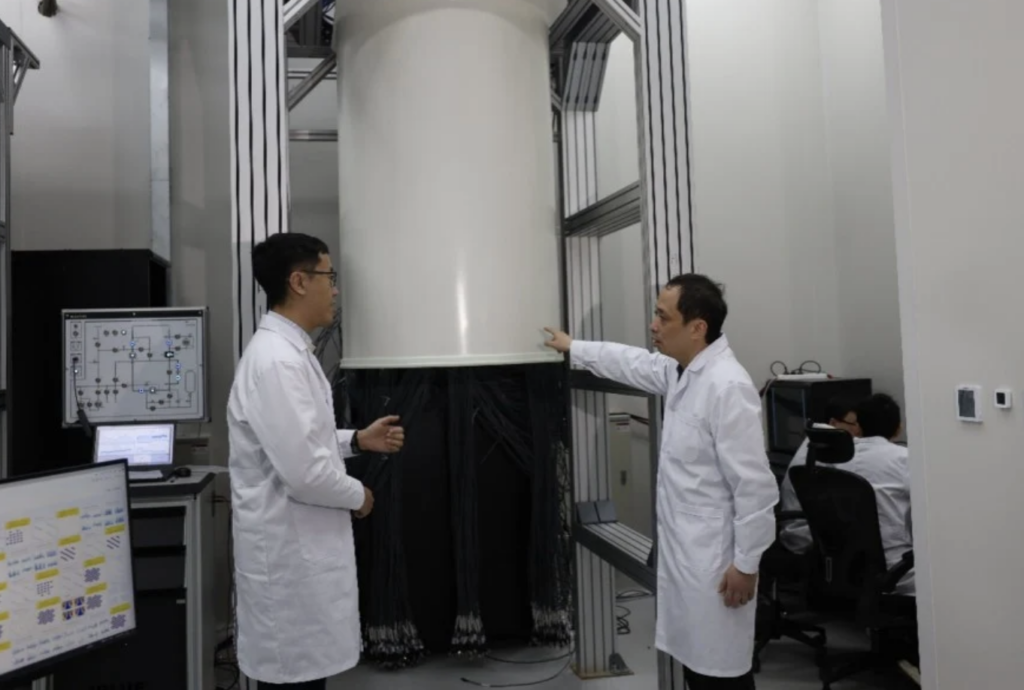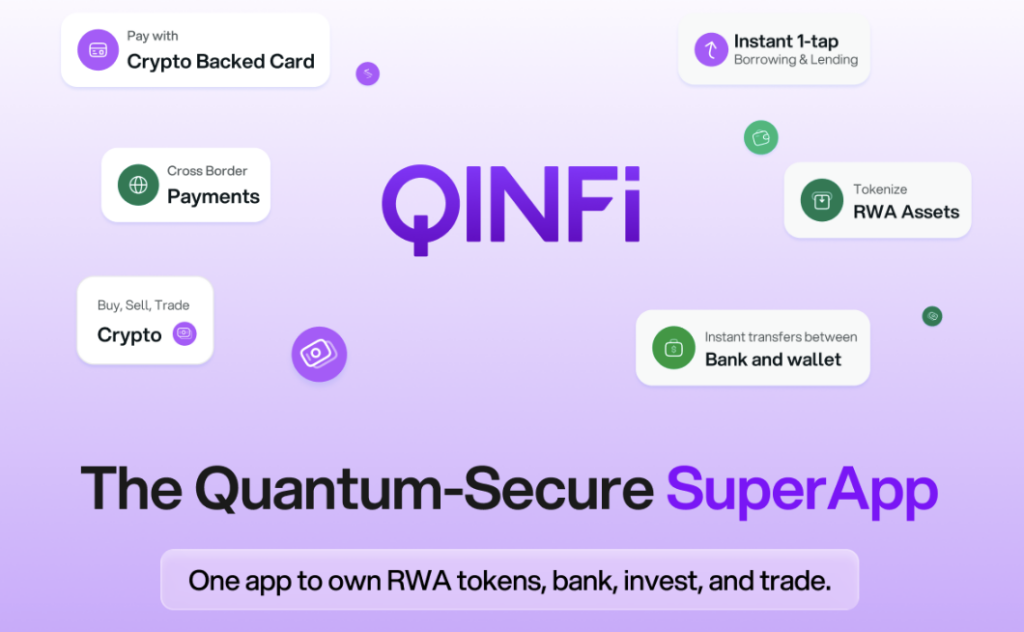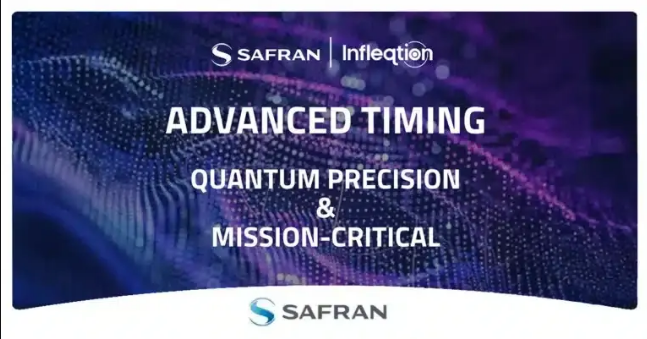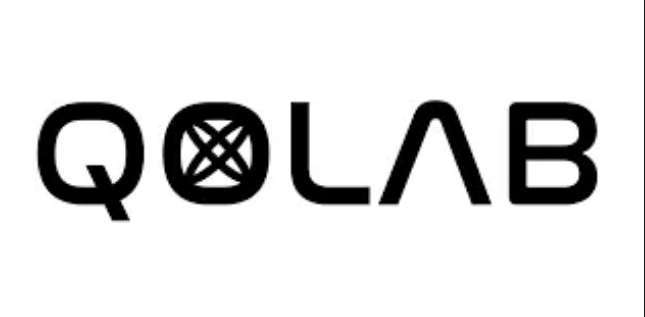Insider Brief
- Q-CTRL will be developing a new generation of ultrasensitive “software-defined” quantum sensors for use in measuring gravity, motion and magnetic fields. The company makes a special contribution to quantum sensing by uniquely focusing on the critical challenge of stabilizing the hardware when placed on moving platforms and within complex environments subject to background “clutter.”
- The new devices can have real-world impact in defense, PNT (positioning, navigation, and timing), minerals exploration, magnetic anomaly detection, persistent earth observation for climate monitoring, long-term weather forecasting and space exploration.
- The Army QTC is part of the more than $60M of publicly disclosed quantum sensing contracts awarded to Q-CTRL’s sensing team and its partners over the last 18 months.
- Sensing is a $400 billion market opportunity spanning multiple verticals, with remote sensing currently valued at ~$19B and growing 10% CAGR.
PRESS RELEASE — Q-CTRL, a leader in developing useful quantum technologies through quantum control infrastructure software, introduced its quantum sensing division, reporting that it has become one of the largest in the world. The team will showcase its capabilities publicly for the first time at the Army Quantum Technology Challenge (QTC) in Adelaide on August 10 and 11.
Q-CTRL is delivering a globally unique take on quantum sensing, developing a new generation of ultrasensitive “software-defined” quantum sensors for use in measuring gravity, motion and magnetic fields. Q-CTRL enables capabilities that are otherwise impossible by combining advances in system design with new modes of operation unlocked by advanced software, AI automation, and signal processing. The new devices can have real-world impact in defense, PNT (positioning, navigation, and timing), minerals exploration, magnetic anomaly detection, persistent earth observation for climate monitoring, long-term weather forecasting and space exploration.
The Army QTC is part of the more than $60M of publicly disclosed quantum sensing contracts awarded to Q-CTRL’s sensing team and its partners over the last 18 months. This includes a project with Advanced Navigation on hybrid classical-quantum inertial navigation, and both Modern Manufacturing Initiative (MMI) and CRC-P contracts developing space-qualified quantum sensors. In addition, Q-CTRL is a partner in the Australian Space Park project with Fleet Space Technologies, ATSpace and Alauda Aeronautics supporting a state-of-the-art space manufacturing hub in Adelaide, South Australia, which is scheduled to open in 2025.

Reflecting a growing demand and opportunity to deliver sovereign capability to Australia and the AUKUS allies, Q-CTRL’s dedicated sensing team has expanded to 15 members in just over a year. The Division is led by Dr. Russell Anderson, who left his academic professorial position to become Q-CTRL’s Head of Quantum Sensing. The team has attracted global experts from Australia, the UK and Europe with specialized experience and world-leading track records in building ultrasensitive atomic devices, using quantum control to augment the performance of quantum sensors, and building detailed quantum digital twins for hardware to simulate end-to-end performance in real environments.
“Q-CTRL’s mission is to make quantum technology useful. From day one we knew that quantum sensing provided a near-term opportunity to translate our specialization in quantum control into value capture and new sovereign capabilities,” said Michael Biercuk, CEO and founder of Q-CTRL.
The Army QTC unites teams of Australia’s world-leading quantum scientists and engineers to compete to show how quantum technologies can deliver Army unprecedented capabilities. In 2021, Q-CTRL was selected for and “won” the competition based on its work accelerating the performance of quantum computers with its specialized infrastructure software.
This year, the Q-CTRL sensing team will demonstrate how similar concepts can be applied to the challenge of detecting sources of electromagnetic radiation (as could be emitted by an enemy communications or command-and-control system) using its own “software-defined” atomic magnetometers. Q-CTRL’s unique approach to this problem delivers the insights required to transform quantum magnetometers from historically lab-based devices to useful fieldable technology.
Quantum technology exploits the physics of very small things to perform useful tasks. The technology is very sensitive to the world around it – for the most part that’s a problem, but quantum sensing allows users to put this fragility to work in detecting tiny signals for aerospace, defense and civilian applications.
Q-CTRL makes a special contribution to quantum sensing by uniquely focusing on the critical challenge of stabilizing the hardware when placed on moving platforms and within complex environments subject to background “clutter.” The augmentation of hardware with quantum control software enables the Q-CTRL team to deploy quantum sensors in the field without performance degradation and to detect key target signatures without being overwhelmed by background signals. The underlying technology is based on Q-CTRL’s validated approaches to improve the performance of commercial quantum computers, now adapted to the unique challenges faced by quantum sensors.
Sensing is a $400 billion market opportunity spanning multiple verticals (BCC Research), with remote sensing currently valued at ~$19B and growing 10% CAGR. The specific quantum sensing market opportunity is identified as ~2-4% of this market by 2040 according to Australia’s science agency CSIRO.
To learn more about Q-CTRL, visit q-ctrl.com.
If you found this article to be informative, you can explore more current quantum news here, exclusives, interviews, and podcasts.

















